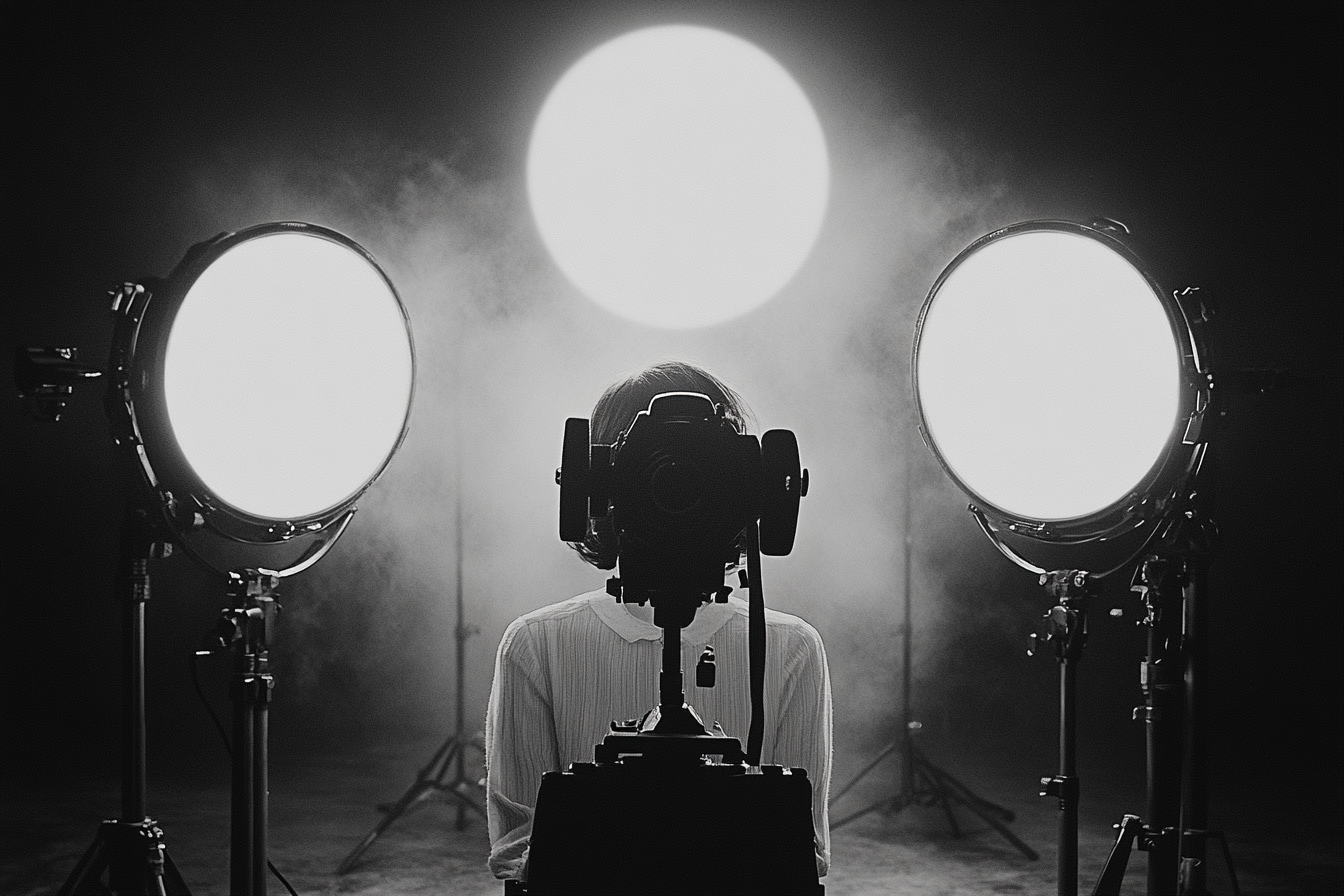A casting gag is a clever, often humorous trope in storytelling that relies on the audience’s familiarity with an actor’s previous roles, real-life persona, or reputation. By playing on these pre-existing associations, creators add a meta layer of comedy, surprise, or depth to the story. It’s a wink to the audience that says, “We know you’ve seen this actor before, and we’re having fun with it.”
What is a Casting Gag?
A casting gag occurs when the choice of an actor carries extra significance beyond the role itself. This can take many forms:
- Reunion Roles: When actors who previously worked together are cast in a way that references their earlier collaboration.
- Example: Leonardo DiCaprio and Kate Winslet, known for their iconic pairing in Titanic, reuniting in Revolutionary Road, with their tumultuous relationship serving as a nod to their earlier roles.
- Against-Type Casting: When an actor is cast in a role that goes against their usual persona, surprising the audience.
- Example: Robin Williams, known for his comedic roles, playing the chilling antagonist in One Hour Photo.
- Meta Commentary: When the casting choice itself is a deliberate joke or reference.
- Example: In Spider-Man: No Way Home, J.K. Simmons reprising his role as J. Jonah Jameson after playing the same character in Sam Raimi’s earlier Spider-Man films, creating a fun crossover moment.
- Self-Referential Roles: When actors play versions of themselves or roles that poke fun at their own image.
- Example: Neil Patrick Harris in Harold & Kumar Go to White Castle, where he plays an exaggerated, outrageous version of himself.
Why Casting Gags Work
Casting gags resonate with audiences because they add an additional layer of engagement. They rely on viewers’ pop culture knowledge, rewarding them for recognizing the reference. This makes the story feel more interactive and immersive, as if the creators are sharing an inside joke with the audience.
- Humor and Surprise: Seeing an actor in an unexpected or self-referential role often generates laughter or delight.
- Nostalgia: Reunion roles or callbacks to past collaborations evoke fond memories, appealing to long-time fans.
- Depth and Subtext: A casting gag can enrich a story by adding subtle layers of meaning, connecting it to other works or cultural phenomena.
Examples of Iconic Casting Gags
- Michael Keaton as Batman and Birdman: Keaton’s role in Birdman was a casting gag referencing his time as Batman, playing on the parallels between the actor’s career and his character’s struggle with superhero fame.
- Patrick Stewart and Ian McKellen in X-Men: As iconic Shakespearean actors, their casting as Professor X and Magneto elevated their characters' intellectual rivalry, amusingly hinting at their shared dramatic past.
- Matt Damon’s Cameos: Damon has turned casting gags into an art form with unexpected appearances in movies like Thor: Ragnarok and EuroTrip, often playing comedic, self-deprecating roles.
- John Krasinski in A Quiet Place: Known as the lovable Jim from The Office, his casting as a survivalist father in a tense horror film subverted expectations, showcasing his range and surprising audiences.
Subverting the Casting Gag
Sometimes, creators use casting gags to deliberately mislead or surprise the audience:
- Ben Kingsley in Iron Man 3: Kingsley, initially presented as the menacing Mandarin, turns out to be a bumbling actor named Trevor, a twist that pokes fun at audience expectations based on his serious roles.
- Dwayne “The Rock” Johnson in Tooth Fairy: Known for his tough-guy action roles, his casting as a tutu-wearing tooth fairy created comedic dissonance.
The Risks of Casting Gags
While casting gags can be effective, they’re not without risks. If the audience misses the reference or the joke feels forced, it can fall flat. Additionally, over-relying on an actor’s previous roles can overshadow the story itself. The key is balance—using the gag to enhance the narrative without distracting from it.
Conclusion
Casting gags are a delightful tool in storytelling, bridging the gap between the narrative and the audience’s cultural awareness. By playing with expectations, creators craft moments of surprise, humor, and resonance that elevate the viewing experience. When done well, a casting gag feels like a shared wink, reminding us of the joy of storytelling and the connections we form with the characters and actors who bring those stories to life.
4o
